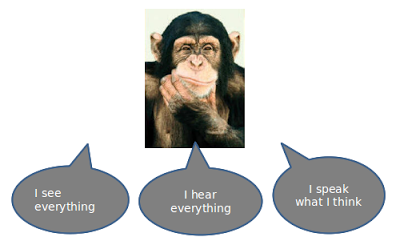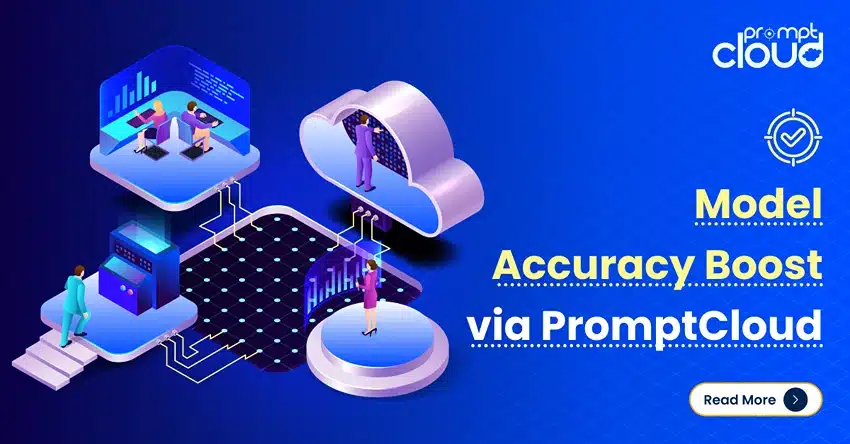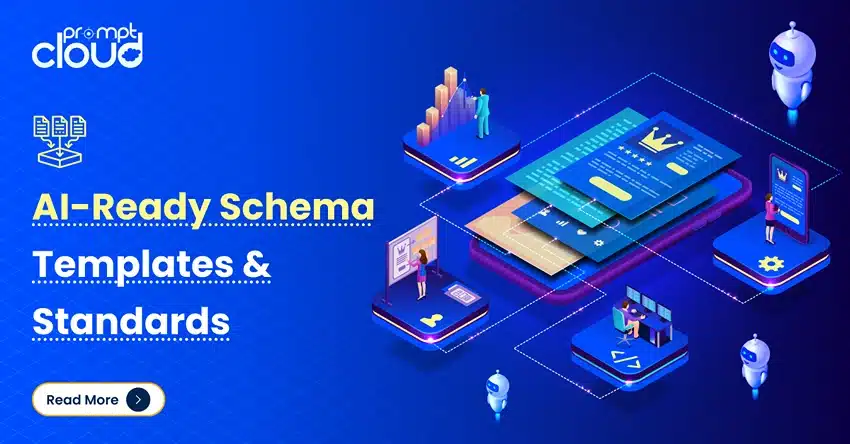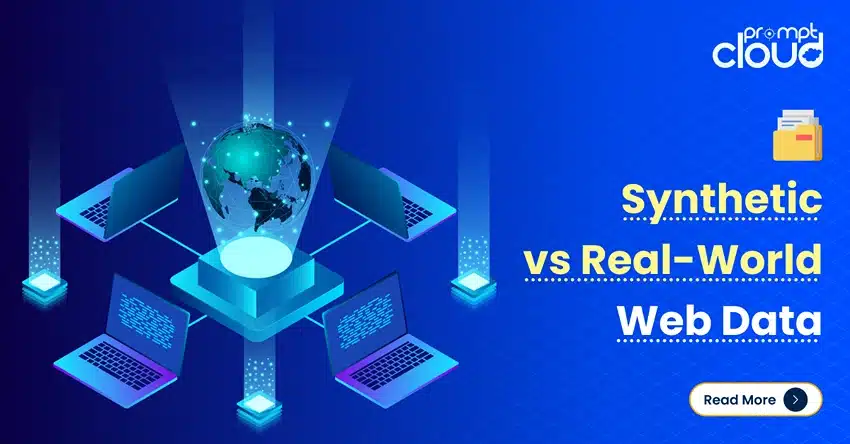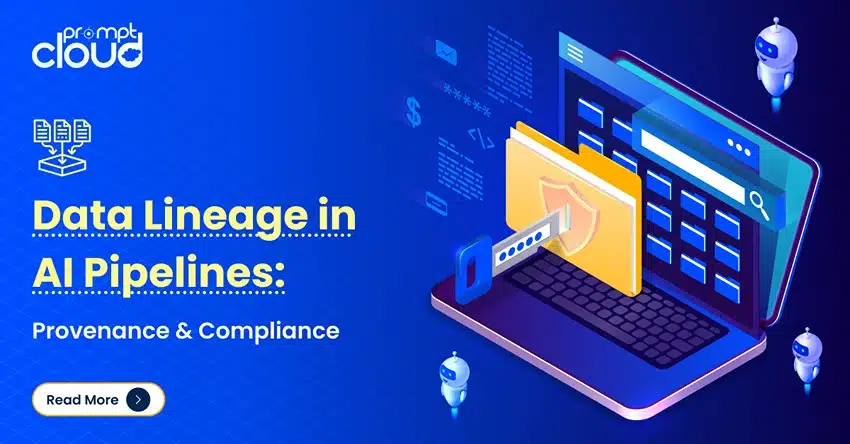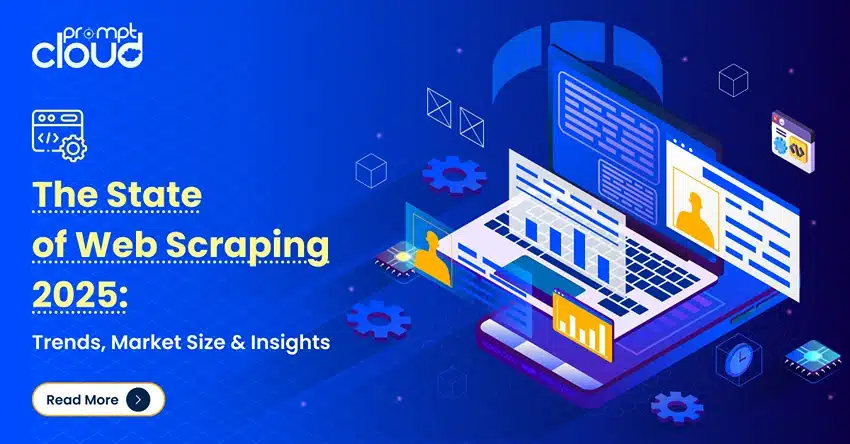Traditionally when data sources were limited, there were different kinds of processes in place at the market research firms. Reports were created out of manually entering data into systems and results were later visualized via some standard analyses. But with the exponential rise in data volume, both online and offline (because of online resources), techniques have changed over the period. Simply said, gathering and managing that humongous data is like running another market research firm, forget deriving analyses from it.
Given that, how do we think are the market research firms managing to stay ahead of the curve and away from the noise in such a data-intensive environment? Before that, lets try to get a view of why this data is even required in the first place.
1. Brand monitoring companies feed on data. The more data they have, the larger is their sample to draw out conclusions from regarding brands at certain points in time. Data is collected from all forums possible that discuss any brand they would like to track, for a given set of keywords. For example, we’ve had a brand monitoring client only looking to listen to people talk about the sport equipment manufacturers, for the keywords “good” , “bad” and “terrible”. Such conclusions are then released to the public (or the manufacturer as may be the case) to decide and react- quite similar to the stock market scenario.
 Brand monitoring via social listening Brand monitoring via social listeningImage credit: https://www.flickr.com/photos/audiinsperation/ |
2. Sentiment Analysis is probably that parent of market research that it idolizes on. The vogue is to
track everything positive/negative/neutral being said about anything on earth and social media is the usual resort.
Advantages
1. Data coverage
This is extremely important given the competition around but fairly difficult due to the dynamism in content. DaaS providers have technologies in place and learnings that come from previous experiences, so they have already crossed this barrier. To ensure that nothing was amiss, some research firms have multiple data vendors. When you do it yourself, catching up with changing data is resource-intensive.
2. They already do it for others
Since they have already built a platform that caters to many other similar companies, most of the efforts get balanced out. So why re-invent the wheel when such a solution is more cost-effective and much less painful.
 Do it yourself vs. give me the best! Do it yourself vs. give me the best!Image credit- https://www.flickr.com/photos/hktang/ |
3. Channelizing other functionalities
Since the DaaS providers already deal with various technologies, they might as well add few other components to it in order to deliver cleaner data. Essentially, techniques like data de-duplication, near duplicate detection and named entity recognition are performed on the crawled data and provided in an extremely usable format. This makes the researcher’s life simple.
Myth-busters
On a concluding note, we’ve seen most of the market research firms look towards DaaS providers these days due to all the reasons mentioned above- increasing data volumes, scalability issues, technology barriers and effort required. The results have been much appreciated in the market because of data qualities and ease of use of their platforms.




